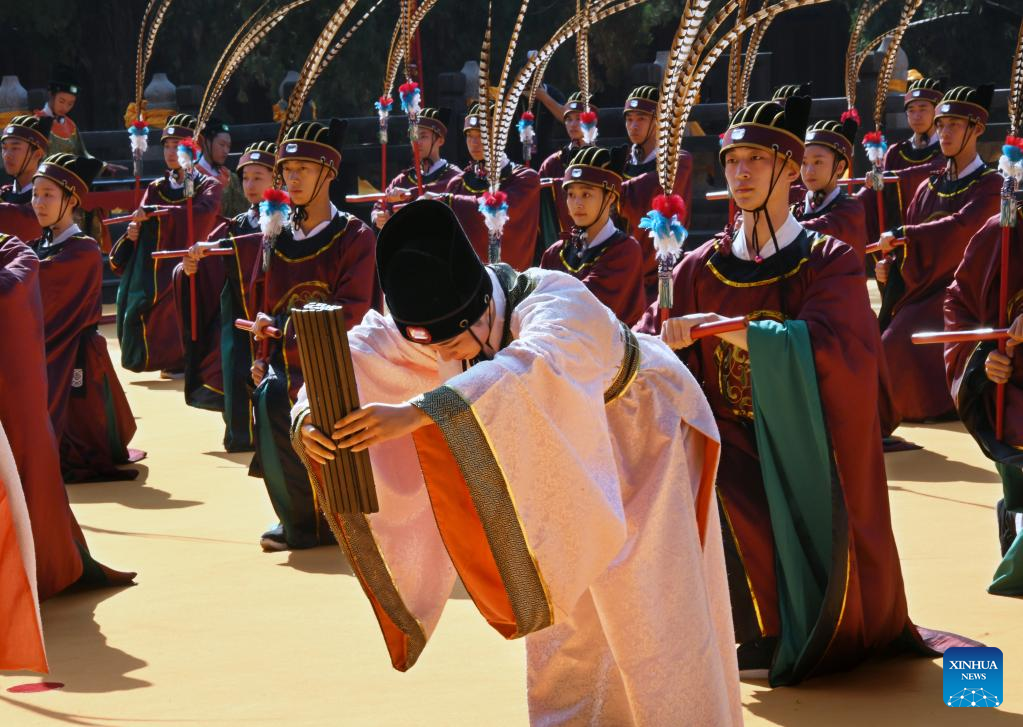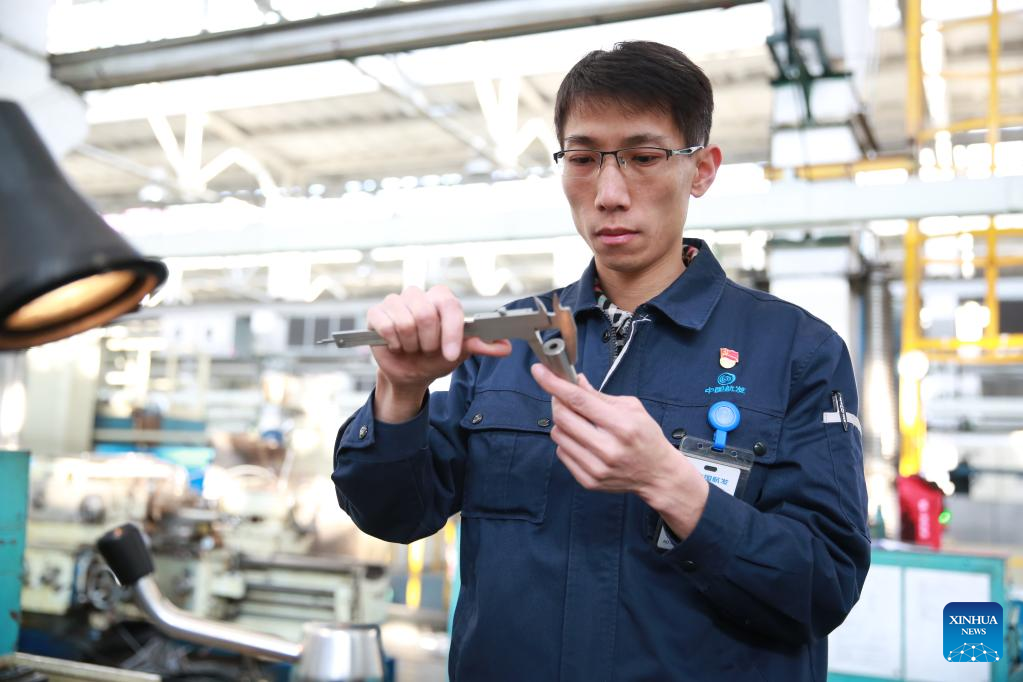
A view of the archaeological excavation at the Jiangjiadun ruins (Photo courtesy of Changzhou Institute of Archaeology)
The latest report on the excavation of the Jiangjiadun ruins, a Neolithic settlement site, offers insight into the culture of the middle and lower reaches of the Yangtze River over 7,000 years ago.


Colorful pottery unearthed at the Jiangjiadun ruins
Located in Menghe Town of Xinbei District in Changzhou City, the site spans an area of 30,000 square meters, and was first discovered in 2014. The Nanjing Museum and the Changzhou Institute of Archaeology began the research in 2017, and uncovered remains dating back to 7,300-7,200 years ago, according to Zheng Duo, a researcher at the institute.
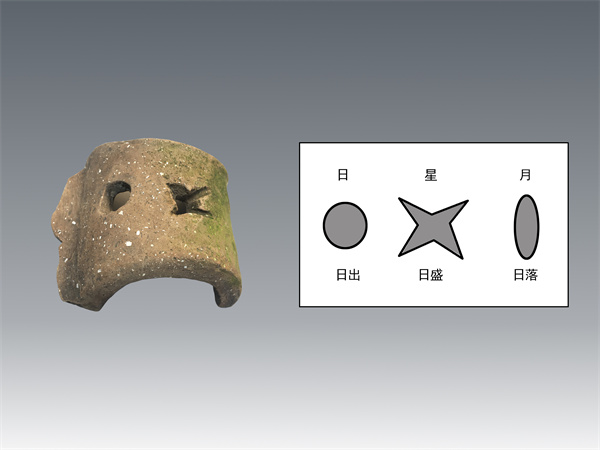
Pottery from the Jiangjiadun ruins
The relics unearthed at Jiangjiadun are mainly pottery. One notable piece features hollowed-out circular, oval and star patterns. The institute’s staff member Huang Dujun explained that the patterns may represent “sun, moon and stars" or "sunrise, peak sun hours and sunset", reflecting the ancient people’s astronomical beliefs and knowledge.
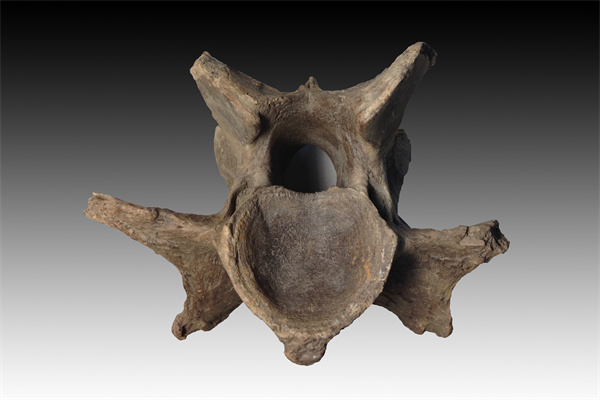
Animal bones uncovered at the Jiangjiadun ruins
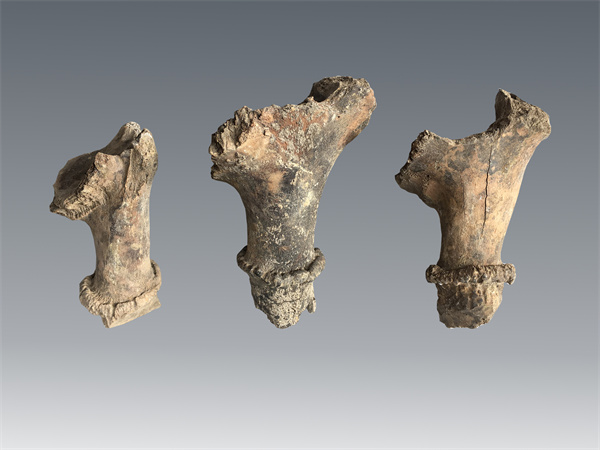
Antlers excavated at the Jiangjiadun ruins
In addition, the archaeological excavation also discovered a large number of mammal bones, including deer, pigs and cattle, as well as aquatic animal remains like turtles and mussels.




